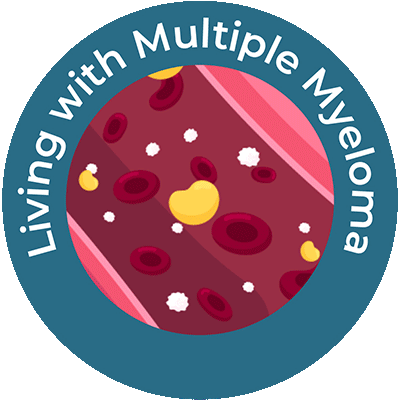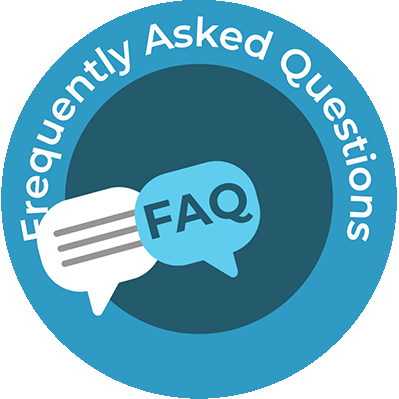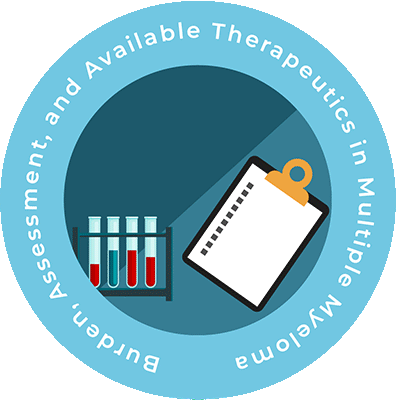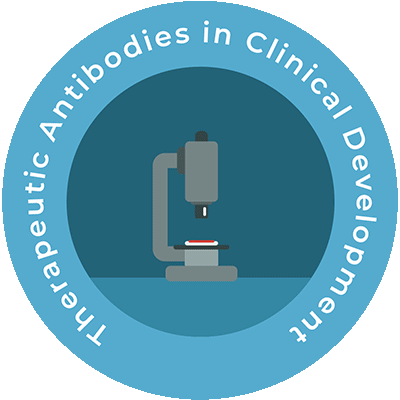This activity is provided by Med Learning Group.
This activity is supported by an independent medical education grant from Regeneron Pharmaceuticals, Inc.
Copyright © 2024 Med Learning Group. Built by Divigner. All Rights Reserved.
Living with Multiple Myeloma
Having a diagnosis of multiple myeloma can be overwhelming and isolating. With many treatment options available, it is important to discuss the latest therapies with your oncologist and organize a care plan. This plan should take into account your goals and preferences, and it is important to understand exactly what to expect from treatment—both in terms of adverse events, frequency of assessments, frequency of treatments, and what the next treatment options might involve. Some questions to ask your physician include9:
- What is the stage of my multiple myeloma and what does that mean?
- Are there some tests that I might need to help me understand how best to treat my myeloma?
- How frequently might I need to come in for these tests?
- What other professionals I should I turn to for additional support?
- Are there some clinical trial opportunities we might consider?
Joining a support community may also be a consideration for people living with multiple myeloma. These support communities can help offer emotional support information and can help by getting perspectives from other patients.9










